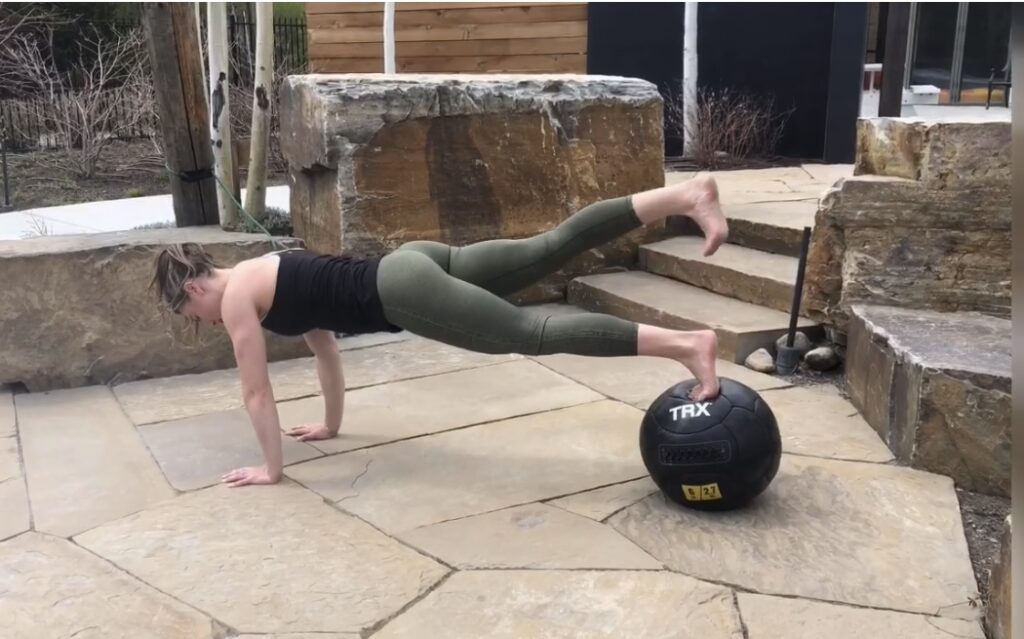Recently, I walked by a packed evening kettlebell class, a room full of participants doing a terrific plank variation—slowly sliding a heavy weight in front of them from left to right, and vice versa. A plank is one of the gold standards for working the core in which you assume and hold a position. Sit-ups and crunches are no longer the norm for a great set of abs. Traditional core training sought to isolate a single area, such as the six-pack, which is problematic.
All movement originates through the core. The core is an integral part of the protective mechanism that relieves the spine of harmful forces during activities. Deep stabilizing muscles allow a protective mechanism for posture control and athletic performance.
The main reason sit-ups don’t help you is that they can damage the spine. The traditional sit-up, writes Dr. Stuart McGill in “Ultimate Back Fitness and Performance,†imposes about 730 pounds of compression on the spine. Those participants in the evening workout were shown ways to retire old concepts and learn from a great coach, in her presentation of fresher research: plank variations.
Secondly, planks recruit a balance of muscle from the front, sides and back of the body, as the core goes far beyond a six-pack. Even though Cher boasts about holding a three-minute plank, you don’t need to hold a plank that long. There are better ways to get strong. Once you can perform a 20-, 30- or 60-second plank, you can advance from a stability level to light loads and additional stimulus in a plank.
Here are two simple stability tests to determine your core strength before you add additional stimulus, as in that kettlebell class.
Forearm plank, 20 seconds


- Lie on the floor, with the feet flexed, toes towards the shins, and the elbows and forearms under the chest area. To begin, lift the body off the floor in a position in which the arms are perpendicular to the floor, and the elbows directly under your shoulders, hands under your face.
- Brace the core, lock the knees and tighten the glutes.
- Have a friend or partner place a long stick or broomstick in line with your spine.
- Start the clock only when you are in straight body alignment.
- Hold for 20 seconds.
Fail is any part of the body sagging away from the stick.
Pass is if your torso remains in full contact with the stick for 20 seconds without any noticeable quivering.
Anti-rotation Bird Dog

- In a kneeling position with hands on the floor, have a friend or partner place a stick or broomstick in line with your spine.
- To begin, raise the right arm up and extend it parallel to the floor.
- Simultaneously raise the left leg up and extend it backward, also parallel to the floor.
- Touch both the arm and foot back under the body to touch left elbow to right knee.
- Return to the fully extended position for six repetitions. Repeat on the other side.
Fail is if at any point during the test, the body sags away from the stick, or it rolls off the back.
Pass is if you the body is in contact with the stick, and control is maintained throughout the test.
Straight arm plank with feet elevated

Example of an advanced plank, with increased involvement of the stabilizing muscles of the core.
Check out Idaho Mt. Express –

